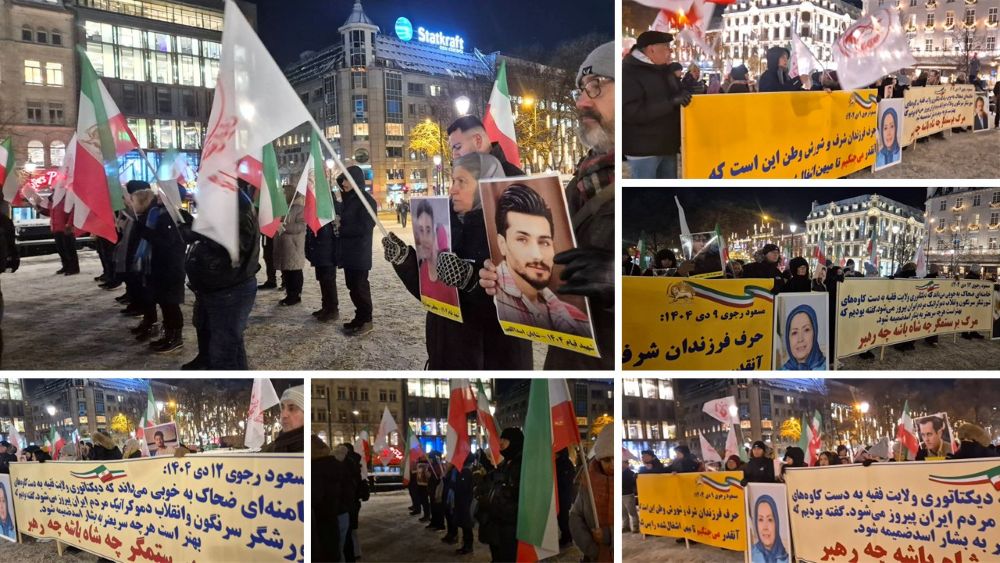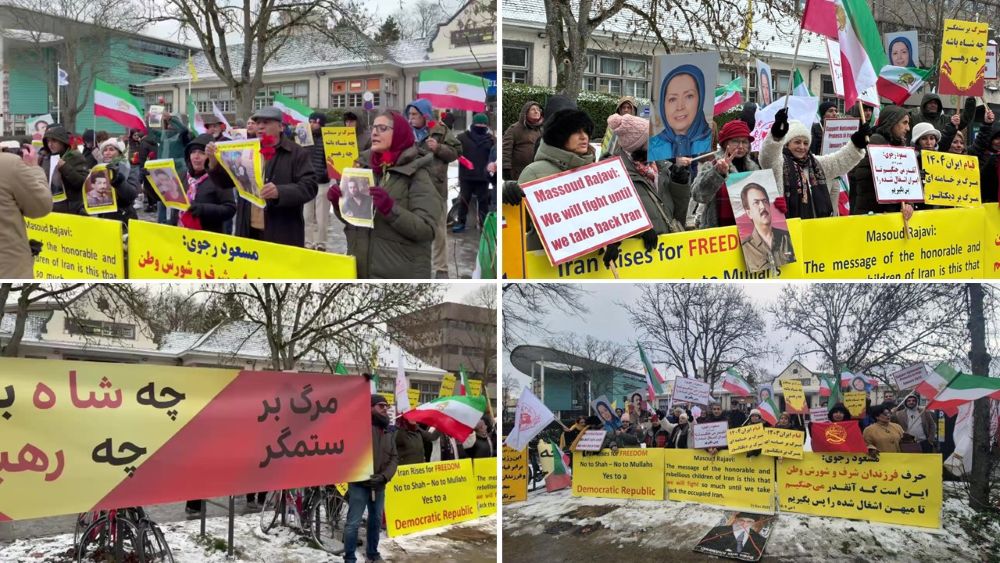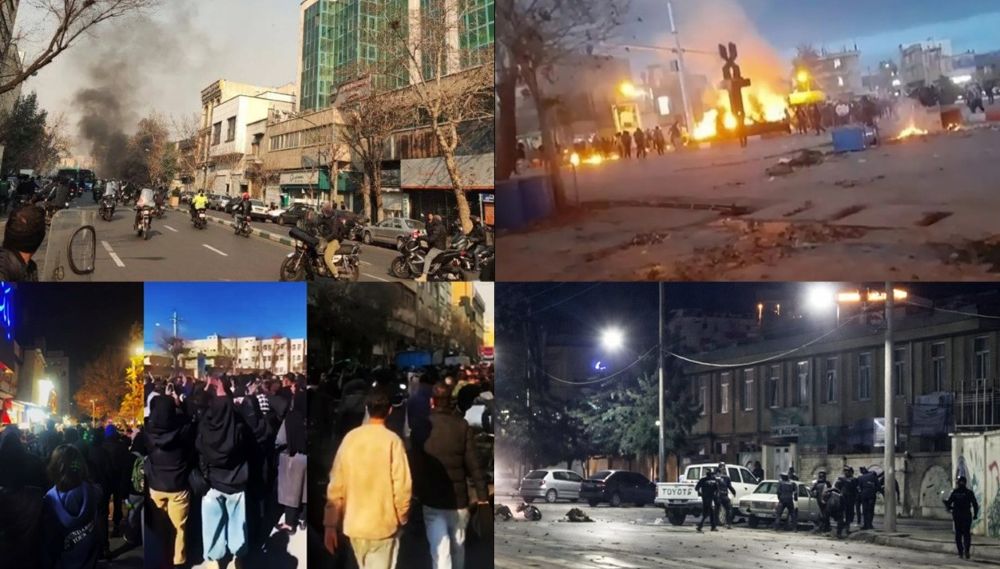These days, we’re witnessing a multitude of crises throughout Iran. These different events which gradually join one another mount to a very strong movement, a movement that can cause fundamental change.
In a country that its people have been enchained in tyranny and poverty for decades, any crises can spark the powder keg of protests.
Water crisis in Iran is one of these crises which has become the source of social, ethnic and security problems for the regime in Iran.
The water crisis that is currently engulfing the lives of people in different regions of Iran, like many other crises in Iran, is the result of the corrupt and destructive policies of the ruling regime.
Particularly, the water crisis in Iran has hardly hit people’s lives in the central and southern provinces of Iran as well as Sistan & Baluchistan province in southeastern Iran. This water situation is so striking that the northern people of Iran also suffer from it.
The farmers of Isfahan have been hit the worst because governmental institutions and factories that belong to the Revolutionary Guards Corps are looting their water resources.

Zayanderood, the largest river of the Iranian Plateau in central Iran.
Especially, Zayanderood, the largest river of the Iranian Plateau in central Iran, has been over-exploited by the IRGC. The main reason behind the water shortage in Isfahan is building the unusual number of dams and canals that are meant to serve the purposes of the IRGC. This has threatened the farmers’ means of living in Isfahan because they rely on the river to irrigate their lands.

For this reason, the farmers of this region have been protesting against the destructive policies of the Iranian regime for several months. But the regime officials have not taken any concrete measures, if any at all, to solve their problems.
In their demonstrations farmers were chanting: “Death to [Hassan] Rouhani, the liar” and “Rouhani! You liar, what happened to our Zayandehrood.”
Water crisis in Iran, causes and solutions
Water crisis in Iran has intensified in the past years. Thousands of villages have become deserted because of water shortage and their inhabitants have migrated to the outskirts of large cities, where they live in utter poverty and misery.
In urban areas, the situation isn’t much better. In some cities, instead of pure, clear water, the people have to do with muddy water coming out of their homes’ taps. In some cases, not even the muddy water is available.
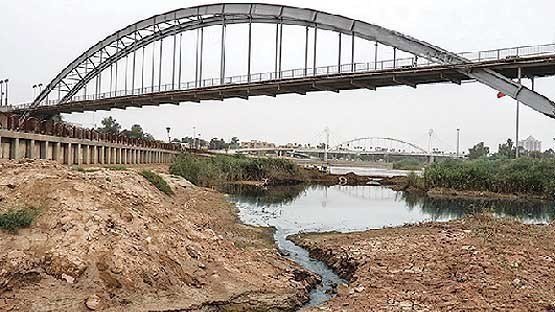
Karun Iran‘s most effluent and only navigable river. It is 950 km (590 mi) long. It rises in the Zard Kuh mountains of the Bakhtiari district in the Zagros Range, receiving many tributaries, such as the Dez and the Kuhrang, before passing through the capital of the Khuzestan Province of Iran, the city of Ahvaz before emptying to its mouth into Shatt al-Arab.
Water crisis in Iran, Ahvaz
In Ahvaz city, through which passes Karun, Iran’s only navigable river, the drinking water is not only not purified but it is muddy.
According to regime officials “Though it’s winter, some regions of Iran still suffer from water scarcity.” “In the summer, the situation gets worse for sure.”
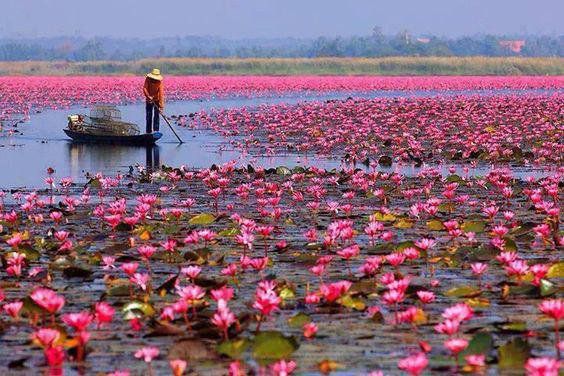
The Anzali Wetland in northern Iran
“The Anzali Wetlands in northern Iran is nearly destroyed”, cites the state ILNA news agency. Recognized internationally and considered one of the largest homes to migrating birds and fishes in Iran, the Anzali Wetlands are now sharing the fate of 60 other wetlands across Iran that are on the verge of complete annihilation due to wrong policies adopted by the ruling mullahs’ regime.
Villages without water
On Jun 7, 2018, Regime’s MP from Iranshahr (SW), Mohammad Naeim Amini-Fard, said in an interview with ISNA news agency: “3,000 villages of Sistan & Baluchistan Province lack any drinking water network…1,200 villages in this province have water delivered with tankers.”
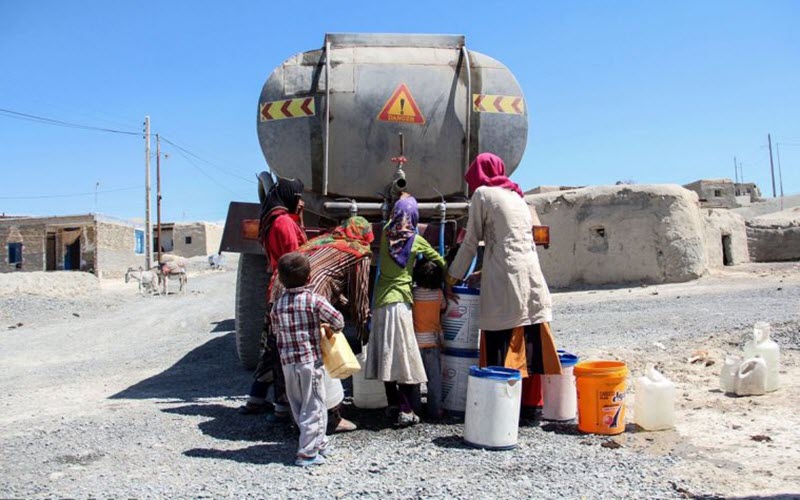
IRNA official news agency quoting the head of Water and Sewage Organization; villages department, said that due to the shortage in water resources, drinking water is delivered to 110 villages in Golestan Province (N) with 44849 inhabitants by tankers.
This report also blames the regime for its negligence of meeting the needs of this province including water ration for farmlands.
Former Iranian agriculture minister, Issa Kalantari, said: “If water resources are used without control, water shortage will make 50M of 80M Iranians leave the country”.
On Jan. 3, 2019, the head of the Water Studies Foundation emphasized:
“Our distance from water catastrophe in Iran is only 5 years.”
He also admitted that the catastrophic water crisis in Iran has already appeared in a number of the provinces and added:
“At present, these difficult conditions have occurred physically in the provinces of Khuzestan, Markazi, Fars, and northern provinces. And in the rest of the provinces, the water crisis shows itself in the drying of wetlands which will definitely intensify in near future.”
This regime’s official added:
“Before in 2013we had 6 dried plains each year but from 2011 to 2018, this number has increased to 16 plains for each year”.
Iran is currently facing a drought. But the main reason for the water shortage is not 100% the drought. Instead, the blame is on the regime ruling Iran and its destructive policy of building substandard dams and unqualified control of them that leads to this shortage.
In last July, the National Council of Resistance of Iran said: “The Regime is in crisis in all areas. The environment, for instance, has turned into a huge crisis due to the regime’s destructive policies. Excessively digging deep wells and using groundwater resources besides regime’s failure to set up water distribution networks have caused citizens to suffer severe water scarcity.” The water crisis is not the only reason for the current protests that have spread across Iran, but according to David Michel, an analyst at the Stimson Center, it represents the regime’s failure to deliver basic services to its people. The Iranian Regime is ill-equipped to fight climate change because it is more concerned with its own well-being than that of its people.”
They have destroyed jungles and wetlands by their very inefficient agricultural system. Water resources are literally stolen and rerouted for military purposes and for the industries which are controlled by the Revolutionary Guards. Add to that the uncontrolled well diggings and … These measures have destroyed Iran’s water resources and pushed the entire country into an unprecedented water crisis in many provinces.
Mullah’s regime has dried up lakes, ruined arable farmlands, and destroyed livelihoods in rural areas. As a result, millions have moved to the cities looking for jobs. Now millions in Iran are unemployed and cannot provide themselves. Worse, the climate change is predicted to make Iran hotter and drier in the years to come. It is expected that Iran will see a 25% decline in its surface water by 2030 which would be a disaster.
Despite the dire economic situation and the hunger of the people, the mullahs regime instead of solving the water crisis in Iran, is plundering Iran’s wealth, pouring it into foreign wars designed to prop up dictators (Syria), support terrorism (Hezbollah, Hamas), suppress the people of Iran, or to fill their own pockets.
The only solution is regime overthrow
In Feb. 2017, Mrs. Maryam Rajavi, the President-elect of the National Council of Resistance of Iran, in her message to the people of Ahwaz who took into the streets to protest the disastrous air pollution and frequent water cuts in the capital of Khuzestan Province, underlined:
“The Iranian mullahs’ regime is the source of all the acute problems that have caused frequent water and power cut-offs and led to unemployment and various diseases.”
She pointed out: “One cannot expect the mullahs and the regime’s leaders and officials provide any solutions. The solution lies in the people’s escalation of protests and uprising to drive back the regime and its officials who have created so many problems in their daily life.”

